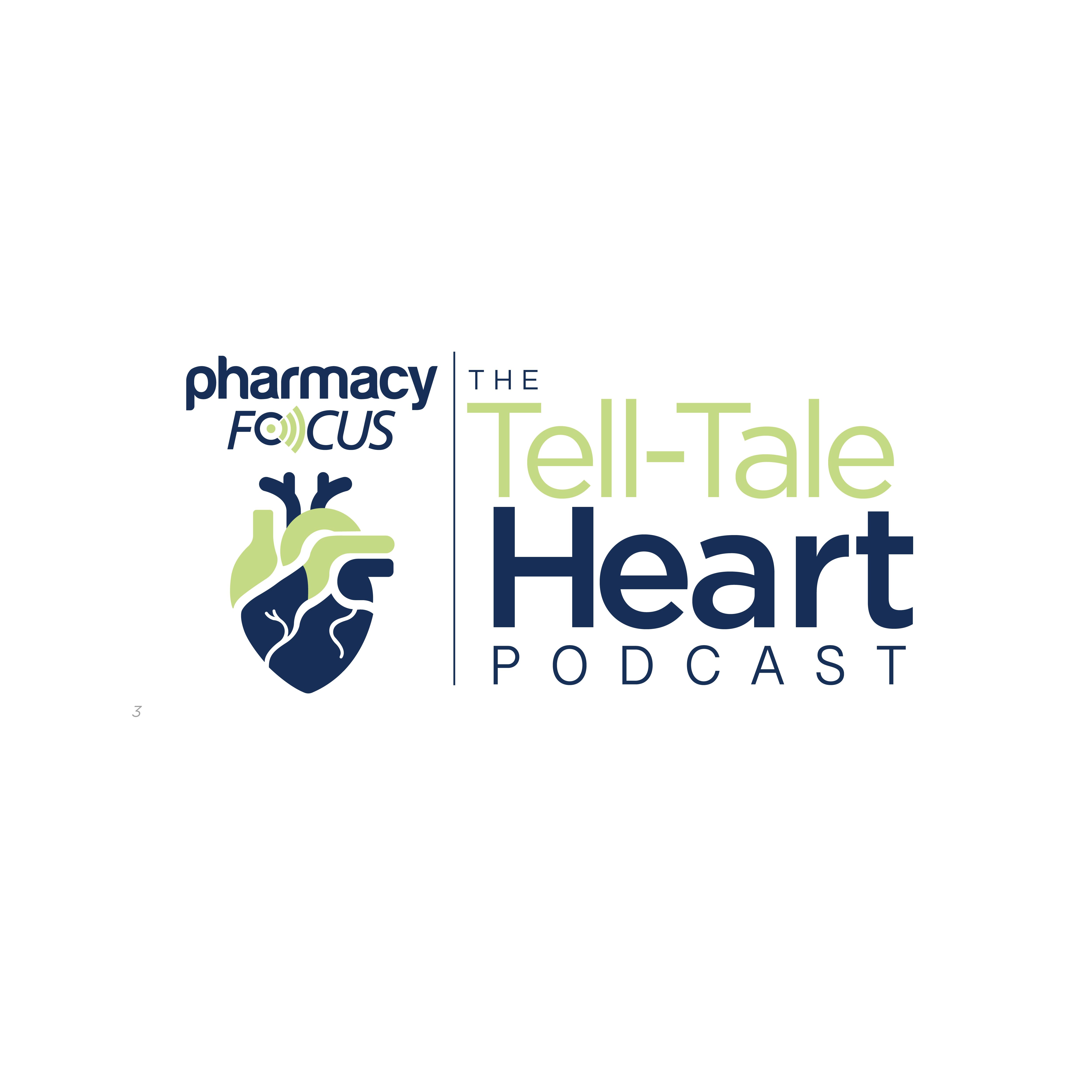News
Article
Ropeginterferon Alfa 2b Is Well-Tolerated, Efficacious in Treatment of Prefibrotic Myelofibrosis
Author(s):
Key Takeaways
- Ropeg-IFN-α2b showed significant efficacy in improving hematologic parameters and reducing variant allele frequencies in MF patients.
- The study reported high response rates in hemoglobin, white blood cell, and platelet counts at 24 and 52 weeks.
Ropeginterferon alfa-2b shows promising results in treating pre-primary myelofibrosis, enhancing clinical responses and safety in patients.
Ropeginterferon alfa 2b (Ropeg-IFN-α2b, Besremi; PharmaEssentia) was well-tolerated and induced favorable clinical, hematologic and molecular responses in patients with pre-primary myelofibrosis (PMF) and low/intermediate-1-risk MF. The findings from a phase 2 study (NCT04988815) were presented at the 2025 American Society of Clinical Oncology Annual Meeting in Chicago.1
Illustration of bone marrow fibrosis | Image Credit: © AImmersive Imagery - stock.adobe.com

Interferons were first introduced in 1957 and were used to treat viral infections such as hepatitis but have since found their way to the treatment of MF, demonstrating high clinical efficacy and response rates. Ropeg-IFN-α2b is a next-generation monopegylated interferon alfa-2b developed specifically to treat myeloproliferative neoplasms (MPN). It was originally approved in 2021 for the treatment of polycythemia vera and the manufacturer, as of January 2025, is seeking to expand the agent’s indication to the treatment of essential thrombocytopenia based on data from the SURPASS-ET trial (NCT04285086).2-5
In the multicenter, phase 2, open-label prospective study, researchers investigated ropeg-IFN-α2b treatment in patients with profibrotic MF or DIPSS low-intermediate-1 risk MF. The primary end points were responses in hemoglobin (from 10 g/dL to the upper reference range), white blood cell (to < 10 x 109/L) and platelet (to ≤ 400 x 109/L) at 24 and 52 weeks. The study also included secondary endpoints of safety, reductions in variant allele frequencies (VAF) of driver and non-driver genes, spleen length by palpation, Myeloproliferative Neoplasm Symptom Assessment Form Total Symptom Score (MPNSAF-TSS), and bone marrow fibrosis.6
The trial enrolled 71 patients (40 men and 31 women) with a median age of 60 (range: 31–86) who received ropeg-IFN-α2b at a dose of 250 mcg at week 0, followed by 350 mcg at week 2 and 500 mcg every 2 weeks from week 4 onwards.6
At a median follow-up of 119 weeks, responses in hemoglobin, white blood cell and platelet counts were 73.9%, 82.6% and 100%, respectively at week 24; and 76.2%, 79.4% and 100% at week 52. Thirty-four percent of patients achieved a reduction in JAK2V617F VAF by week 52. Reduction in CALR VAF was found in 10 of 19 evaluable patients (53%) at week 24, and 6 of 14 evaluable patients (43%) at week 52. Reduction of spleen size was found in 9 of 19 patients (47%) at week 24, and 9 of 17 patients (53%) at week 52. Reduction in MPNSAF-TSS of 50% or greater was found in 27 of 63 evaluable patients (42.9%) at week 24, and 23 of 57 patients (42.1%) at week 52.6
The most common nonhematologic adverse events (AEs) were transaminitis (grade 1–2: n = 35, 49.2%), malaise (grade 1–2: n = 29, 40.8%; grade 3–4: n = 1, 1.4%), and hair loss (grade 1–2: n = 24, 33.8%). Anemia (grade 1–2: n = 15, 21.1%; grade 3–4: n = 6, 8.5%), neutropenia (grade 1–2: n = 15, 21.1%; grade 3–4: n = 4, 5.6%) and thrombocytopenia (grade 1–2: n = 8, 11.2%; grade 3–4: n = 3, 4.2%) were the most common hematologic AEs.6
The findings suggest the potential use of ropeg-IFN-α2b in patients with pre-fibrotic MF and support the continued use of interferons in MF treatment. Continued study is needed to further elucidate the results of the study.
REFERENCES
1. Ropeginterferon alfa 2b for early myelofibrosis. Updated October 6, 2022. Accessed June 30, 2025. https://www.clinicaltrials.gov/study/NCT04988815
2. Gerlach A. ASCO 2025 delivers insights into future of myelofibrosis care. Pharmacy Times. June 3, 2025. Accessed June 30, 2025. https://www.pharmacytimes.com/view/asco-2025-delivers-insight-into-future-of-myelofibrosis-care
3. Rosa K. FDA approves ropeginterferon alfa-2b-njft for polycythemia vera. OncLive. November 12, 2021. Accessed June 20, 2025. https://www.onclive.com/view/fda-approves-ropeginterferon-alfa-2b-njft-for-polycythemia-vera
4. Ropeginterferon alfa-2b (P1101) vs. anagrelide in essential thrombocythemia patients with hydroxyurea resistance or intolerance (SURPASS ET). Updated November 30, 2023. Accessed June 30, 2025. https://www.clinicaltrials.gov/study/NCT04285086
5. With phase 3 trial win, PharmaEssentia plots label expansion for rare blood cancer treatment Besremi. FiercePharma. January 7, 2025. Accessed June 30, 2025. https://www.fiercepharma.com/pharma/pharmaessentia-plots-expansion-bid-rare-blood-cancer-treatment-besremi
6. Gill H, Au L, Yim R, et al. Ropeginterferon alfa-2b for pre-fibrotic primary myelofibrosis and DIPSS low/intermediate-risk myelofibrosis. 2025 ASCO Annual Meeting. May 30, 2025, to June 3, 2025. Chicago, IL. Abstract 6573.
Newsletter
Stay informed on drug updates, treatment guidelines, and pharmacy practice trends—subscribe to Pharmacy Times for weekly clinical insights.






